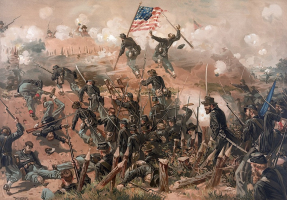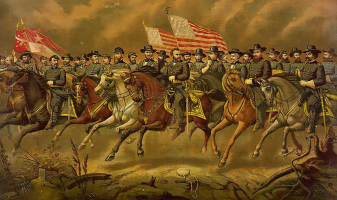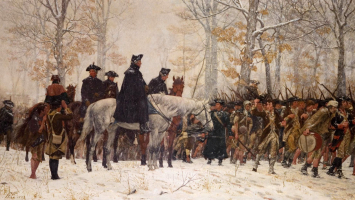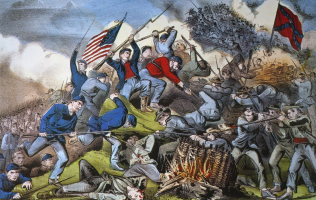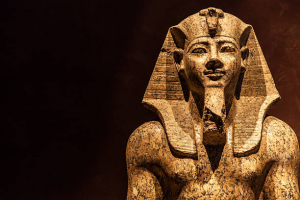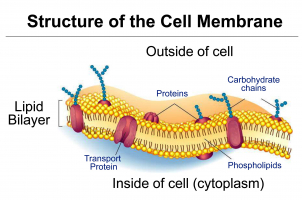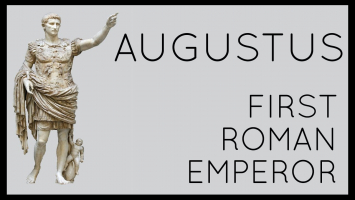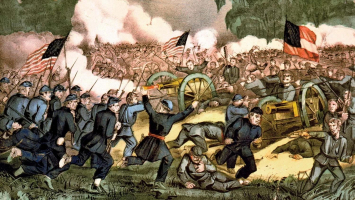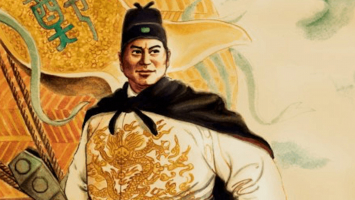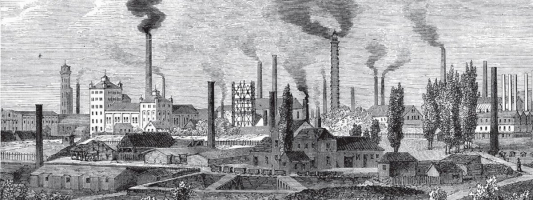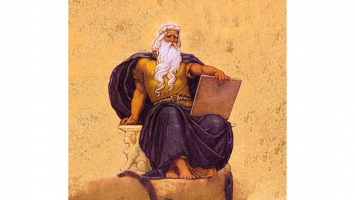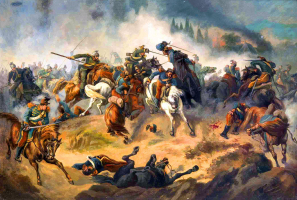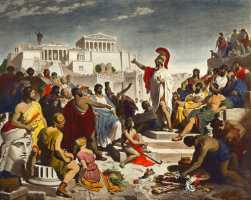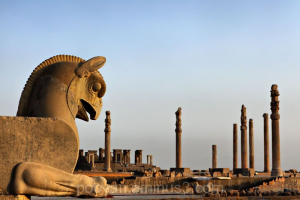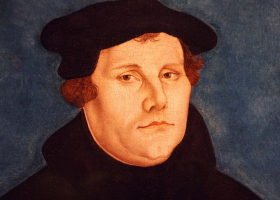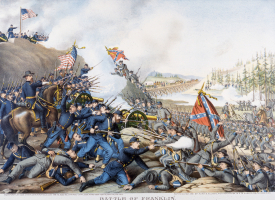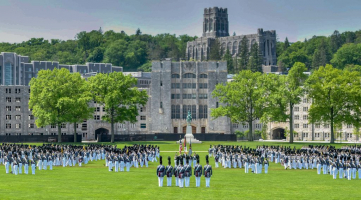Top 10 Facts About The Southern Campaign
The Southern Campaign is one of many important events of the American Revolution. The Southern Campaign began with British concern over the course of the war ... read more...in the North and ended with the decisive Franco-Spanish-American victory and Surrender of a British army at Yorktown. Let's take a look at some of the facts about this important event in American history.
-
For the first four years of the American Revolution, British efforts were focused primarily on the Middle Colonies and Northern Colonies. To many members of the Cabinet, New England was the problem child that they could not discipline. It seemed as if this entire rebellion manifested itself in New England—from the Boston Tea Party to the Boston Massacre and the Battles of Lexington & Concord—New England was the hotbed of hotheads. Therefore, Crown leadership believed that isolating New England, the hotbed of the Patriot fervor, from its sister colonies would bring a quick end to the conflict. A new strategy was needed if the British Empire in North America was to remain mostly intact. The strategy is call "the Southern Campaign", or the "the Southern strategy".
The British captured New York City in 1776 and the American capital of Philadelphia in 1777. Despite these advances, a British army surrendered at Saratoga and Sir William Howe and Sir Henry Clinton had been unable to destroy Gen. George Washington’s Continental Army. By the fall of 1779, Washington had fought the British to a standstill. To revive British fortunes, Clinton set out to conquer the South. With the capture of Georgia, the Carolinas, and Virginia, the British believed that the other colonies would capitulate.
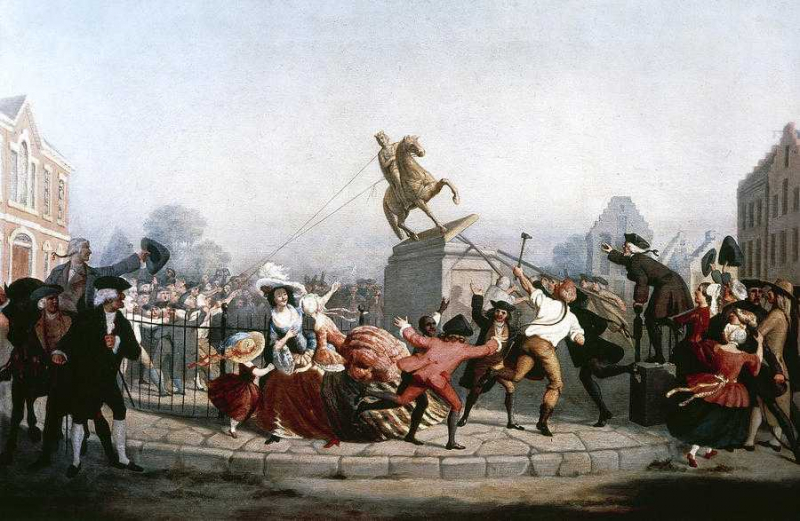
Photo: explorerspassage.com 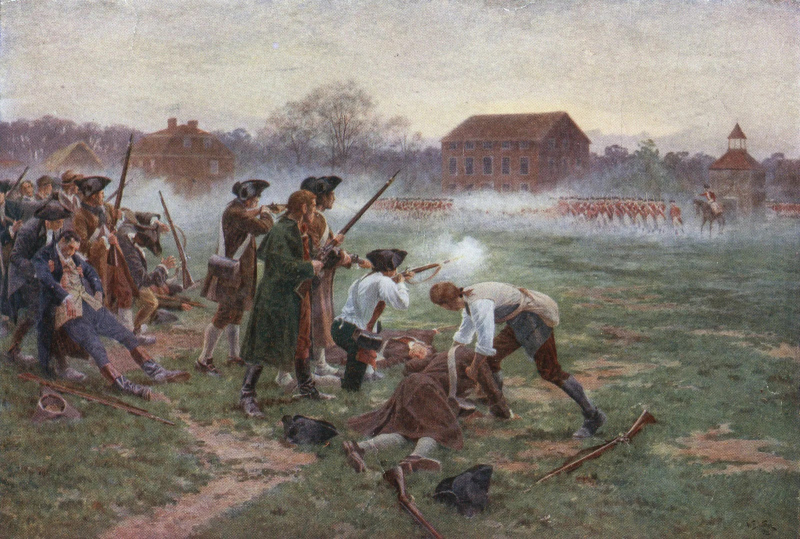
Photo: www.britannica.com -
With fewer regular troops at their disposal, the British commanders saw the "Southern Campaign" as a more viable plan, as they perceived the south as strongly Loyalist with a large population of recent immigrants and large numbers of slaves who might be tempted to run away from their masters to join the British and gain their freedom.
Beginning in late December 1778, a British command under Archibald Campbell captured Savannah and controlled the Georgia coastline. Reinforced by Gen. Augustine Prevost, Campbell then marched on and captured Augusta. Despite a Patriot victory at Kettle Creek and the abandonment of Augusta, Campbell, defeated a Patriot force at Brier Creek in March 1779. That fall an American attempt to recapture Savannah was thwarted. By the end of the year, the British stood poised to expand their operation into South Carolina. In 1780, they launched a fresh invasion and took Charleston, as well. A significant victory at the Battle of Camden meant that royal forces soon controlled most of Georgia and South Carolina.
Despite gaining some victory on their side, the British fell back not long after. The British set up a network of forts inland, hoping that the Loyalists would rally to the flag. Not enough Loyalists turned out, however, and the British had to fight their way north into North Carolina and Virginia with a severely weakened army. Behind them, much of the territory that they had already captured dissolved into a chaotic guerrilla war, fought predominantly between bands of Loyalists and American militia, and which negated many of the gains that the British had previously made. That marked the end of the victories of the British in the Southern Campaign.
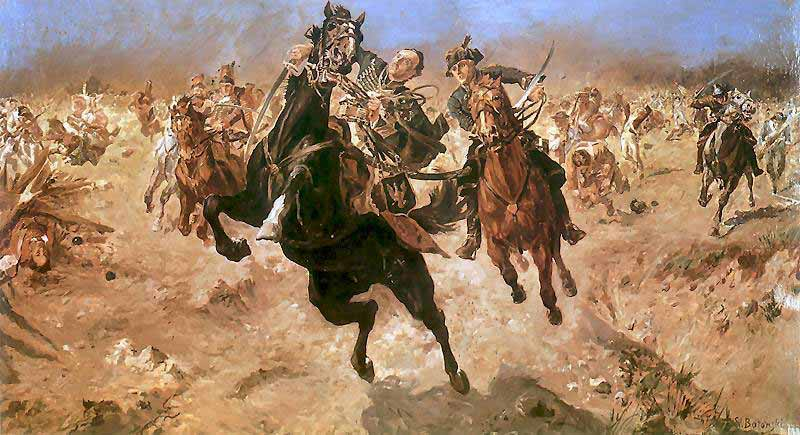
Photo: revolutionarywar.us 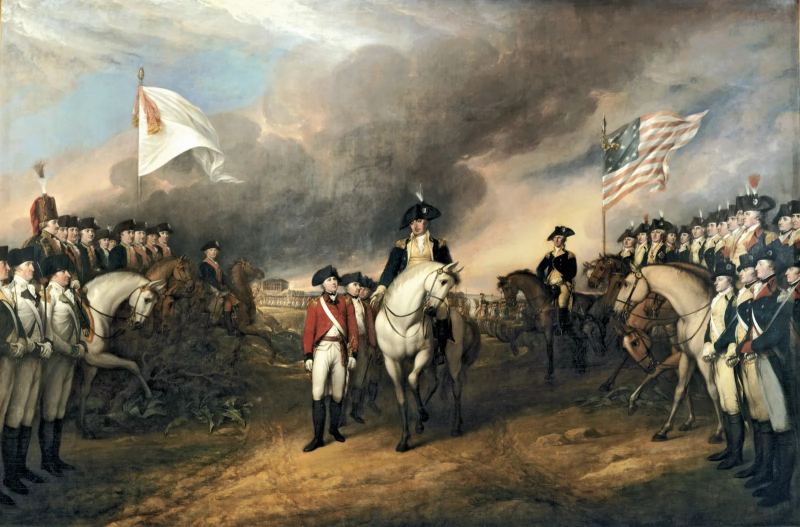
Photo: www.britannica.com -
At the beginning of the Southern Campaign, on December 26, 1779, Sir Henry Clinton sailed with a British expeditionary force from New York bound for Charleston, South Carolina. The city was defended by Major General Benjamin Lincoln’s American army of 5,000 men. Clinton laid siege to Charleston beginning in early April and on May 12, 1780, Lincoln surrendered. The following month, Clinton returned to New York and left Lord Charles Cornwallis in command.Cornwallis soundly defeated Continentals under Major General Horatio Gates at the Battle of Camden in the middle of August. The Battle of Camden was one of several devastating defeats suffered by the Americans in the early stages of the British military offensive in the South. When the British advanced and presented bayonets, the Virginians immediately turned and ran. Their flight carried North Carolina militia in the center of Gates's line and the American position quickly collapsed. Gates lost 1,900 of the 3,400 men engaged during the battle. Gates's defeat cleared South Carolina of organized American resistance and opened the way for Cornwallis to invade North Carolina. Approximately two months after Camden, Maj. Gen. Nathanael Greene accepted the command of the Southern Department and replaced the one-time hero of Saratoga. Greene went on to play a critical role in the Carolinas, directing operations that eventually led to the American victory.
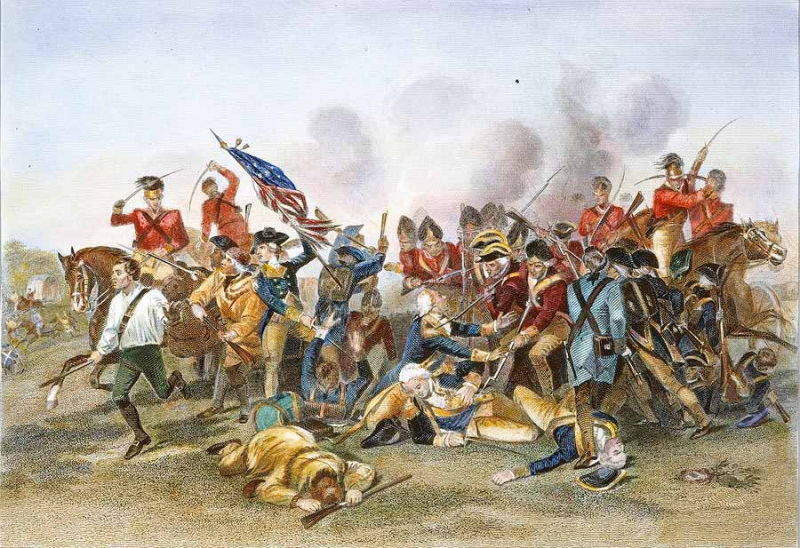
Photo: revolutionarywar.us 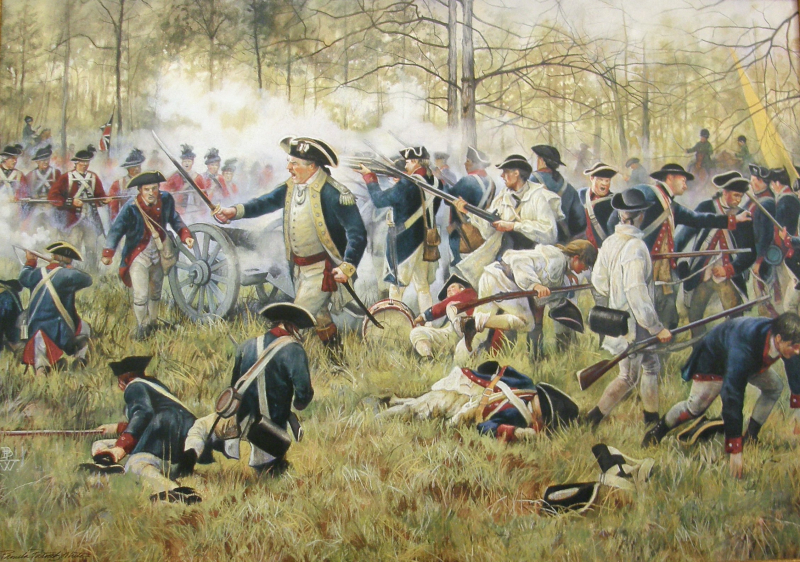
Photo: dessar.org -
Despite heavy casualties, the loss of Charleston, and the defeat of the Continental army at Camden, American militia remained in the field and continued the fight against the British in the Southern Campaign. Under the command of Thomas Sumter, Andrew Pickens, Francis Marion, and William R. Davie, the militia continued to engage the British. The American militia gained some small successes, particularly those of Marion, which helped maintain Patriot morale.
One of the victories took place in Savannah. After a British army under Lieutenant Colonel Archibald Campbell captured the city of Savannah, Georgia on December 29, 1778, the Americans were determined to take the city back in some battles. The battles are called "Great Savannah" and "Blue Savannah". Despite having small successes in the fight, Savannah remains in British hands until the end of the war.
Another victory is the victory of the "Battle of Black Mingo" which took place in the Black Mingo Creek, a tributary to the Black River in coastal South Carolina. Marion had wanted to surprise the Loyalists with an early morning attack. At nearly midnight, the lead horses in his column began crossing Black Mingo Creek. Marion divided his small force into three groups sending them down the main road, and off to the right and left, surrounding the Loyalist troops which were formed up in an old field adjacent to Dollard's Tavern. The Loyalists, although greater in number, found themselves between two firing lines, gave way after just a few rounds, and retreated into the swamp
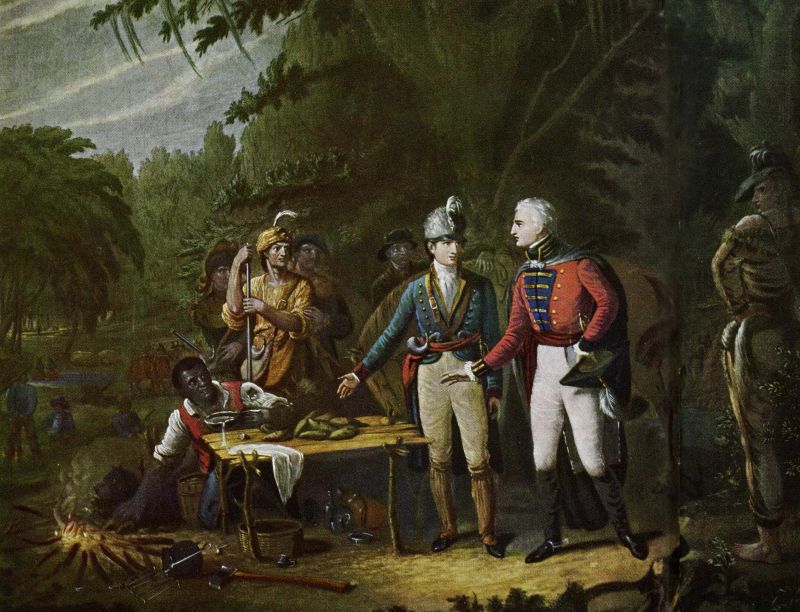
Photo: www.americanheritage.com 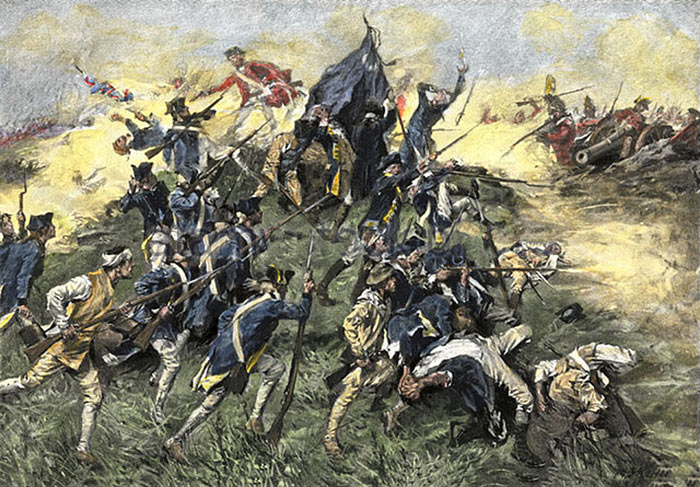
Photo: Wikipedia -
The idea that most colonial subjects were loyal to King George III pervaded the British government and high command throughout the war. It was believed a strong Loyalist enclave existed in South Carolina. Crown authorities felt the loyalists only needed the support of a British army in the field to rise, suppress the rebellion and restore Royal authority during the Southern Campaign. To support this anticipated movement, the British appointed an inspector of militia, Major Patrick Ferguson, to recruit and organize Loyalist elements in the Carolinas.
Patrick Ferguson (1744 – 1780) was a Scottish officer in the British Army. Patrick Ferguson's effort to recruit American Loyalists to serve in his militia against the Patriots is what he is most known for, and also what made him a stand-out figure during the American Revolutionary War in the Carolinas. Ultimately, his activities and military actions led to a Patriot militia force mustered to put an end to his force of Loyalists, and he was killed in the Battle of Kings Mountain, at the border between the colonies of North Carolina and South Carolina. Leading a group of Loyalists whom he had recruited, he was the only regular army officer participating on either side of the conflict. The victorious Patriot forces desecrated his body in the aftermath of the battle.
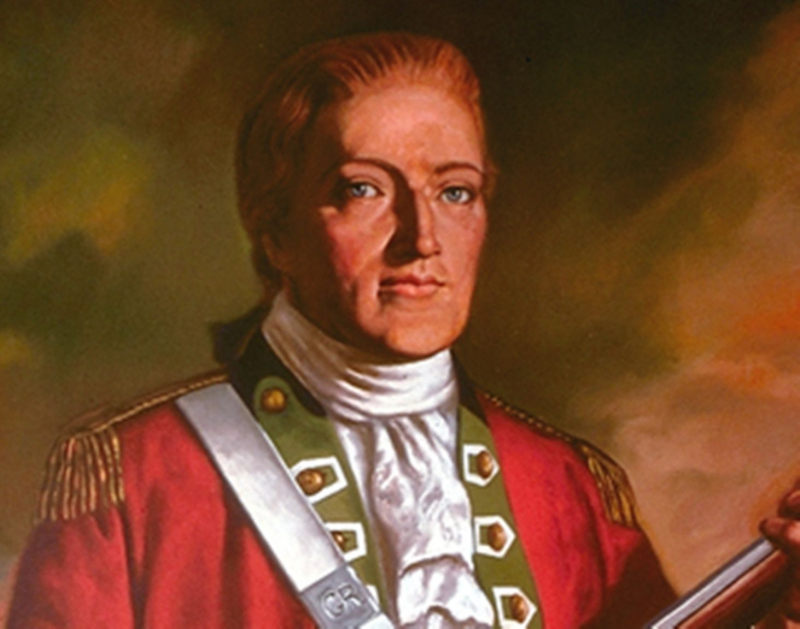
Photo: www.thoughtco.com 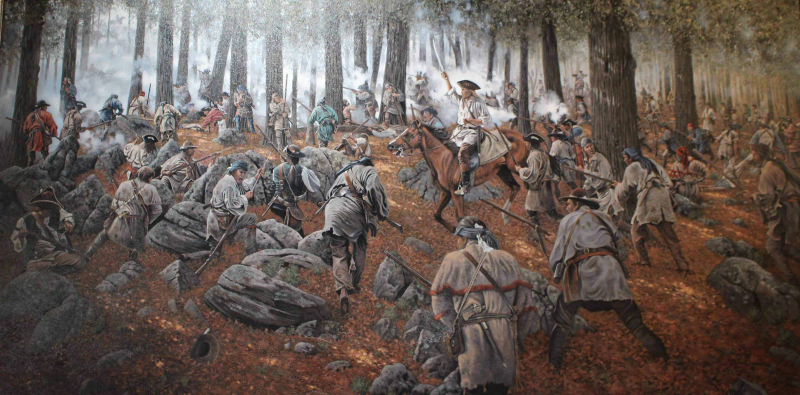
Photo: revolutionarywar.us -
Following his victory at Camden, Cornwallis pushed into North Carolina. The safeguarding of the British left flank was a crucial component of this movement. Patrick Ferguson was given the task of this. Ferguson wanted to add more Loyalists to the ranks, but his fiery declarations angered the local settlers known as the Over-Mountain Men. Under the leadership of Isaac Shelby and John Sevier, men from the Carolinas, Virginia, and Tennessee assembled to engage Ferguson. They cornered him at King’s Mountain on October 7, 1780.
By October 1780, the British launched their Southern Campaign by taking the city of Charleston. Ferguson’s force consisted of 120 British regulars and about 1000 Loyalist militiamen (but 200 were away on a foraging campaign). Ferguson, hearing of the Patriots’ approach, sent a dispatch to Cornwallis asking for reinforcements. Cornwallis was ill and did not reply. On October 7, the Patriots, with about 900 men, surrounded Ferguson’s army at King’s Mountain. Ferguson’s force was out in the open and was equipped with muskets. The Patriots charged up the hill. They were armed with rifles and fought mostly from the woods. American rifle fire was deadly. After four Patriot charges, Ferguson was killed, and the Loyalists surrendered.
The ensuing battle was the first critical victory for the Americans in South Carolina and its impact rippled throughout the region. Ferguson’s entire command was either killed or captured and Cornwallis was forced to abandon his advance and retreat to South Carolina. It also served as a critical deterrent to British efforts to inspire loyalist support. This battle is proved to be a turning point in the war during the Southern Campaign.
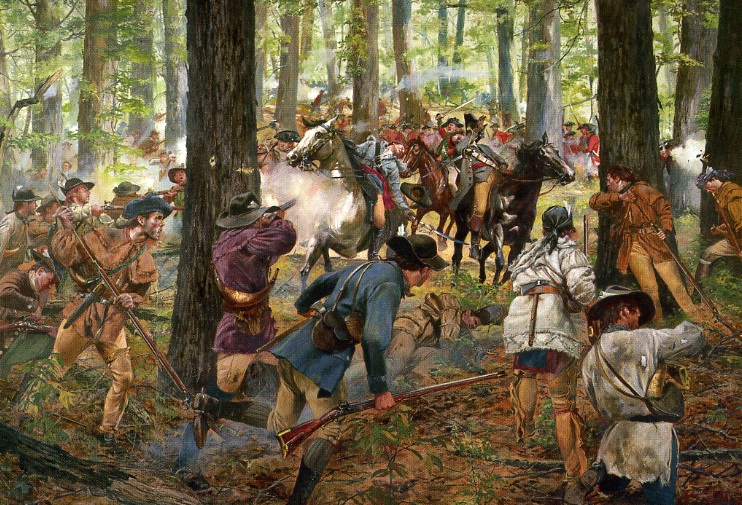
Photo: the Southern Campaign Video: Philip Dean -
A common tactic adopted by the Americans during the Southern Campaign came to be known as a defense in depth. The practice involved forming multiple lines of battle. Each successive position engaged the attacking force and then withdrew. Such a method was designed to delay an enemy's advance and inflict as many casualties as possible.
Morgan was the first to experiment with the concept, and he did so with great effect against a hand-picked British force under Banastre Tarleton at the Battle of Cowpens on January 17, 1781, thoroughly defeating Tarleton’s Legion and sending “Bloody Ban” flying in a wild panic. The engagement was a resounding American triumph. Tarleton was routed and lost 860 men of 1,100 engaged. Greene then adopted the tactic and applied it on a much larger scale at Guilford Courthouse on March 15. Even though he lost the battle, he scored a major strategic victory by punishing Cornwallis’ army and inflicting enormous losses on it for little gain—Greene’s army escaped to fight another day. His stand at Guilford Courthouse set the stage for the ultimate American victory at Yorktown.
There are many lessons to be learned from studying the development, implementation, and execution of the defense of depth at Cowpens and then again at Guilford Courthouse during the Southern Campaign.
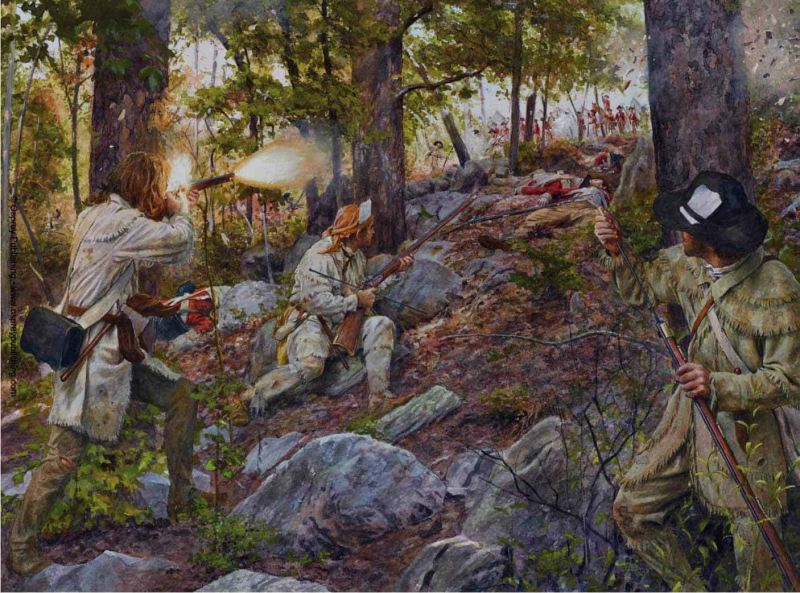
Photo: revolutionarywar.us Video: O-Line Security -
While Cowpens was a setback, the British were far from defeated. From January to March 1781, Greene and Cornwallis fought a war of skirmish and maneuver, with Greene steadily withdrawing farther into North Carolina. During this phase, known as the “Race to the Dan,” the Dan River is a crucial water barrier in the region, helped wear down Cornwallis’ army, and separate the British from their supply lines. Therefore, the planned conquest of the South sapped the strength of the British army, and Cornwallis sustained devastating losses at King’s Mountain, Cowpens, and Guilford Court House. In order to quickly bring the Americans to battle, Cornwallis destroyed his baggage train. Additionally, the race to catch Greene completely exhausted his men. These circumstances compelled the British commander to march on Wilmington, North Carolina after Guilford Court House.
Left without any viable alternatives and hoping to salvage the the Southern Campaign, Cornwallis marched north to invade Virginia - still untouched by the war, and cut American supplies to the Carolinas. Cornwallis’ initial actions in Virginia were successful; American forces under Lafayette were able to slow, but not stop, Cornwallis’ campaign. Concurrently, Cornwallis had established a base of operations at Yorktown, hoping for resupply and reinforcement by sea. The French victory at the Battle of the Capes on September 5, 1781, removed this possibility and cut off Cornwallis by sea. With the arrival of American and French troops, the encirclement was complete, and the siege began on September 28, 1781. After nearly a month, Cornwallis was forced to surrender. By this outcome, the Southern Campaign had steadily wore down Cornwallis.
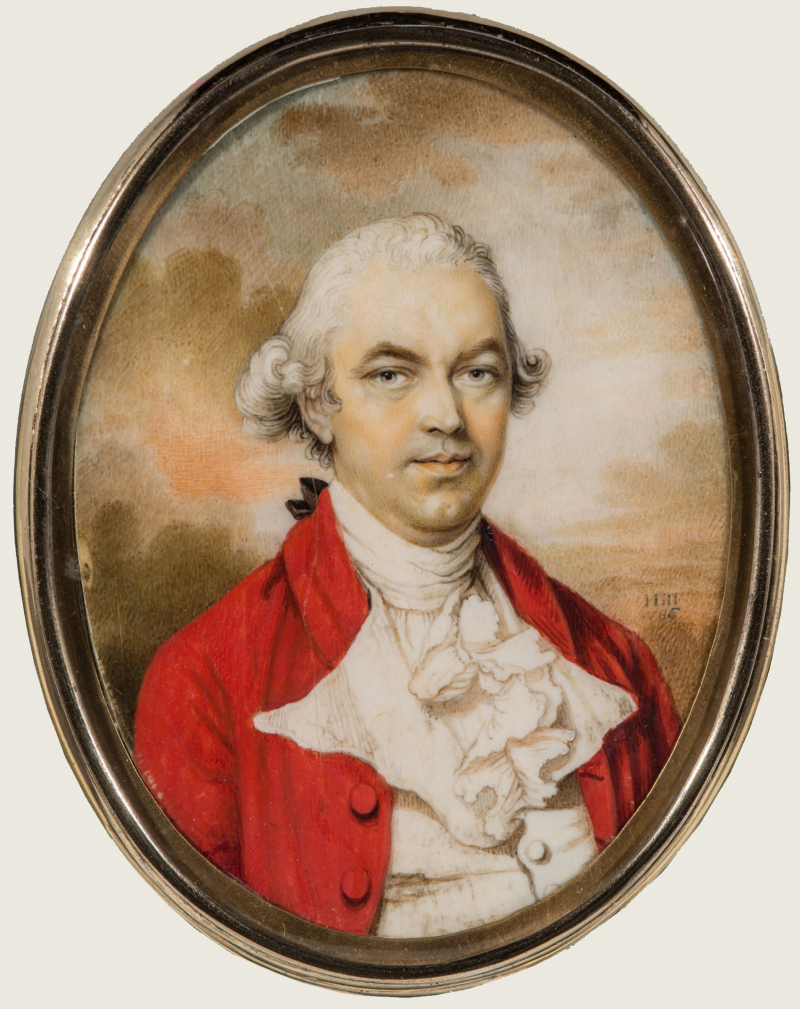
Photo: www.mountvernon.org 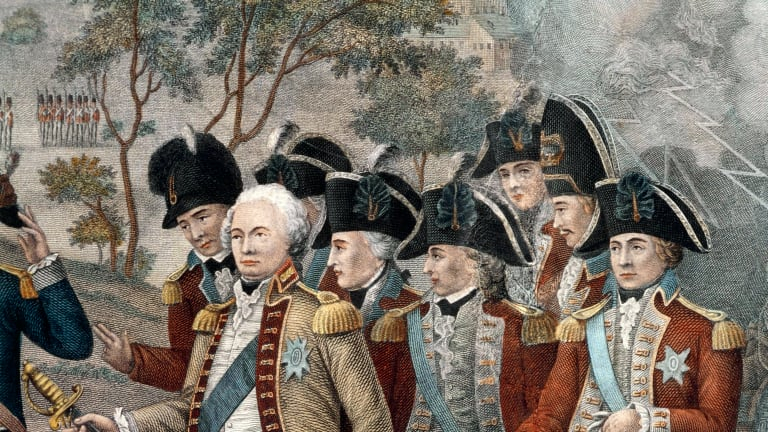
Photo: www.history.com -
Even though the main British army had left the Carolinas by the late spring of 1781, the Southern Campaign continued. Rather than follow Cornwallis to Virginia, Greene elected to strike back into South Carolina. For the next several months, Greene, supported by American partisans harassed the remaining British garrisons, with major fights at Ninety-Six and Hobkirk’s Hill.
Fort Ninety-Six was one of the strongest British positions in the interior of the state, but despite victories at Camden and Hobkirk’s Hill, the British proved unable to hold on to the interior of South Carolina. By the summer of 1781 the new British commander in the state, Lord Francis Rawdon, had decided to withdraw from the interior. Moreover, earlier in the spring of 1781, Continental Maj. Gen. Nathanael Greene initiated a campaign to drive the British from South Carolina. His first objective was Rawdon's garrison. Lead elements of Greene's force reached the outskirts of Camden on April 19 and the rest of the army arrived the following day. Finding Rawdon's defenses too strong, Greene assumed a position north of the garrison atop Hobkirk Hill.
The last engagement in South Carolina took place between Greene and British General Alexander Stewart at Eutaw Springs on September 8, 1781. Although Greene lost many of the battles he fought, he pushed the British out of the interior and back to Charleston.
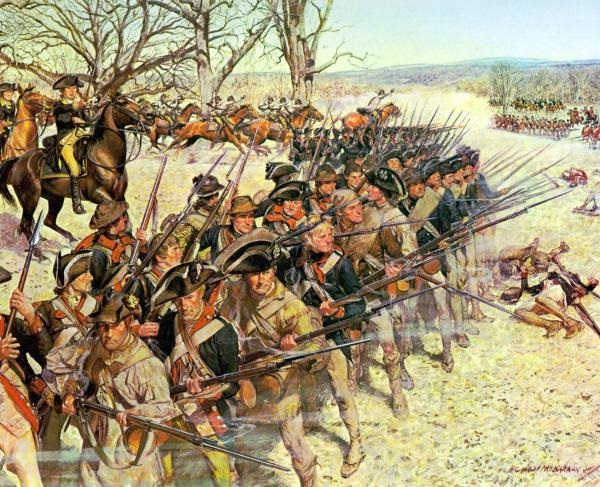
Photo: www.battlefields.org 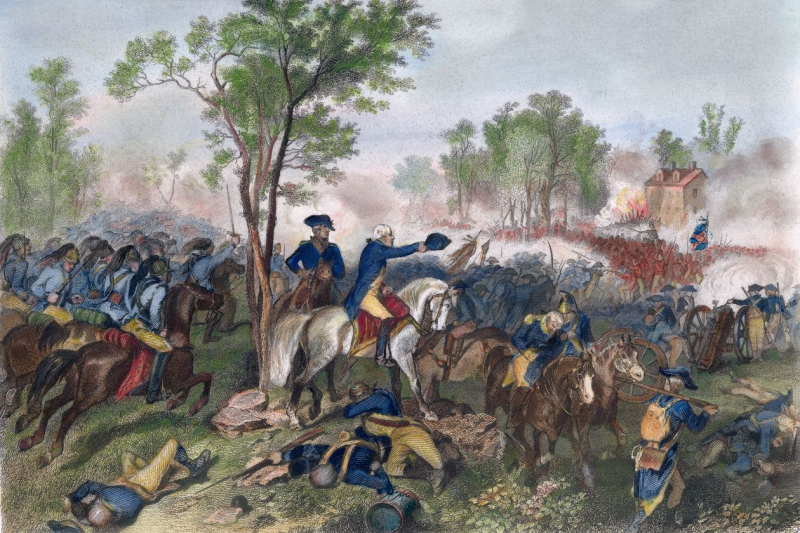
Photo: Wikipedia -
The American Battlefield Trust is a charitable organization whose primary focus is on the preservation of battlefields of the American Civil War, the Revolutionary War, and the War of 1812 through the acquisition of battlefield land. The American Battlefield Trust was formerly known as the Civil War Trust. On May 8, 2018, the organization announced the creation of the American Battlefield Trust as the umbrella organization for two divisions, the Civil War Trust and the Revolutionary War Trust. The American Battlefield Trust also promotes educational programs and heritage tourism initiatives to inform the public about these three conflicts and their significance in American history.
Through the efforts of the American Battlefield Trust and its members, 766 acres of battlefield property related to the Southern Campaign have been very well preserved. In partnership with the South Carolina Battleground Trust, the Trust is currently working to establish the Liberty Trail. Made up of four distinct tours, the Liberty Trail will take visitors to 69 significant sites related to the American Revolution in South Carolina. The trail is expected to combine the preservation of these hallowed battlegrounds with unique on-site interpretation and cutting-edge digital features, connect visitors to the extraordinary events that came to pass nearly 250 years ago, and honor the patriots that decided the Revolution’s outcomes in South Carolina.
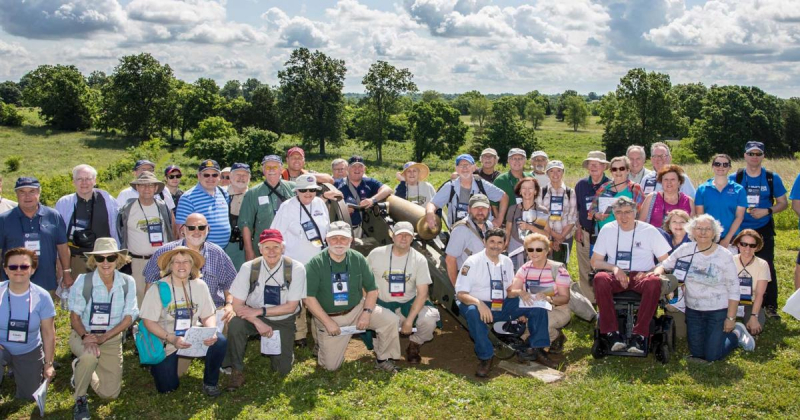
Photo: www.battlefields.org Video: American Battlefield Trust












